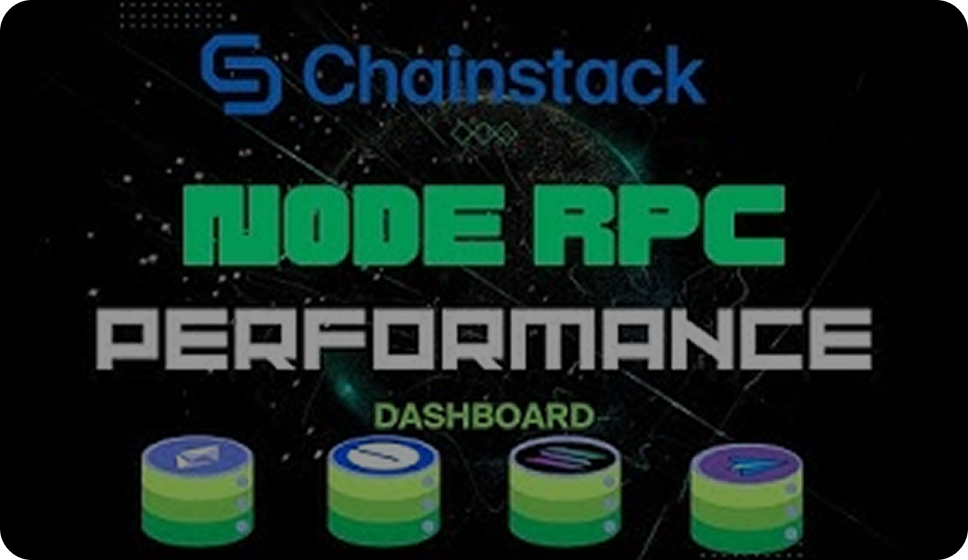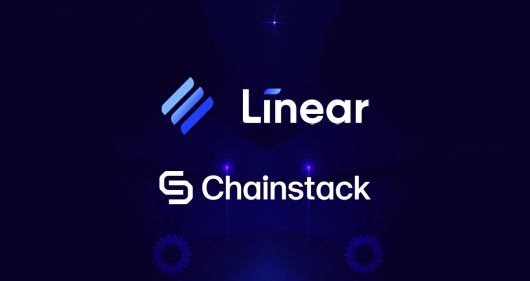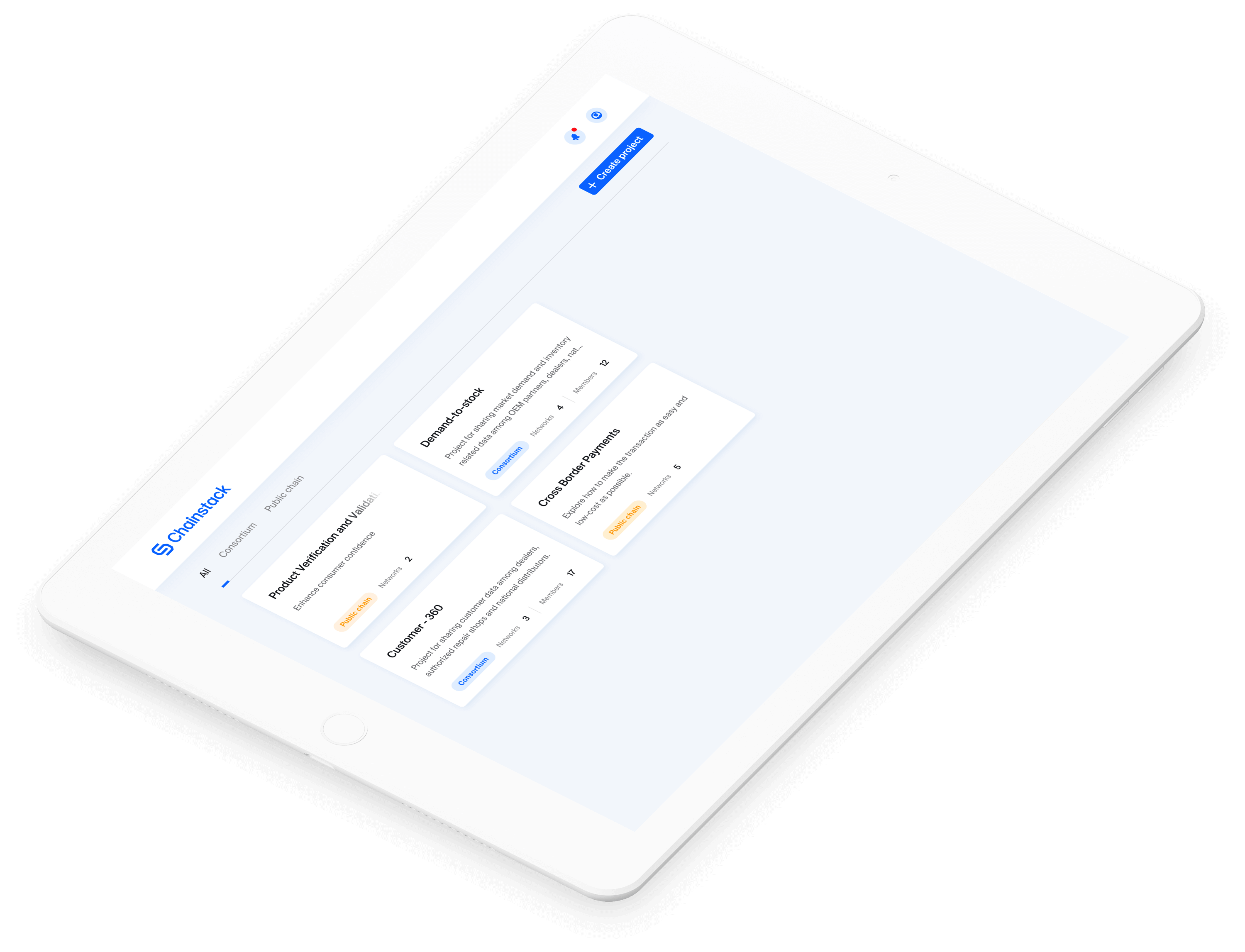How to get started as a DevRel in Web3: Career tips with our DevRel Lead, Ethan Francis
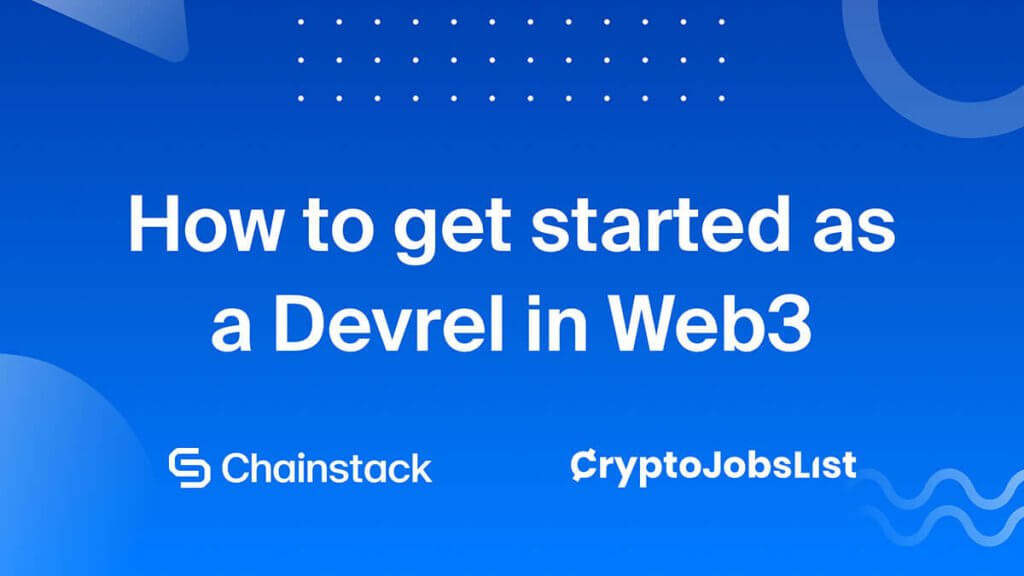
The world of Web3, powered by blockchain, has opened up new avenues for developers to explore and innovate. Web3 is an innovative field where new things get built every single day so there is a growing need for developer relations professionals who can bridge the gap between developers and projects in this space.
To gain insights into the world of DevRel in Web3, Crypto Jobs List had a conversation with our Developer Relations Lead, Ethan Francis. We’ll cover everything Ethan talked about and all the nuggets he shared in his talk for Developer Relations Professionals. And should you prefer to listen as you read you can tune in to the full CryptoJobsList interview:
From enthusiast to DevRel Lead
Our Developer Relations Lead, Ethan Francis started his journey in Web3 in 2020 when he was just 15 years old. He like many others got motivated from the post-pandemic altcoin run but then developed a keen interest in the tech behind blockchain.
Already aspiring to pursue software engineering in college in a few years, Ethan focused on building his blockchain developer skills in 2021. He revisited Python, JavaScript, Web3.js, and other frameworks and libraries associated with Web3.
During his learning journey, Ethan spent a significant amount of time in different communities and engaging with numerous people and even built a project that integrated with Discord and enabled a direct interface with EVM networks.
A year later he decided to apply for jobs in the Web3 space and interviewed with us at Chainstack and came on board as a Developer Relations Manager. He spent six months working on DevRel at Chainstack and eventually transitioned into leading the DevRel team in 2023.
Ethan emphasizes that DevRel requires a combination of technical skills, communication abilities, and content creation expertise. It serves as a unique way to leverage one’s skills and create meaningful connections with developers across web3.
Understanding DevRel and its importance
DevRel, short for developer relations, is a role that combines aspects of software development, marketing, communications, and business development.
However, its specific focus and responsibilities may vary from project to project. The primary goal of DevRel is to engage with developers and build high-quality relationships with them. Traditional marketing and ads often struggle to connect with developers due to the limited technical knowledge of most marketing professionals.
DevRel serves as a middle ground, connecting marketing messaging with developers through content creation and technical expertise. This allows projects in Web3 to engage and interact with developers in a language that they understand and resonate with.
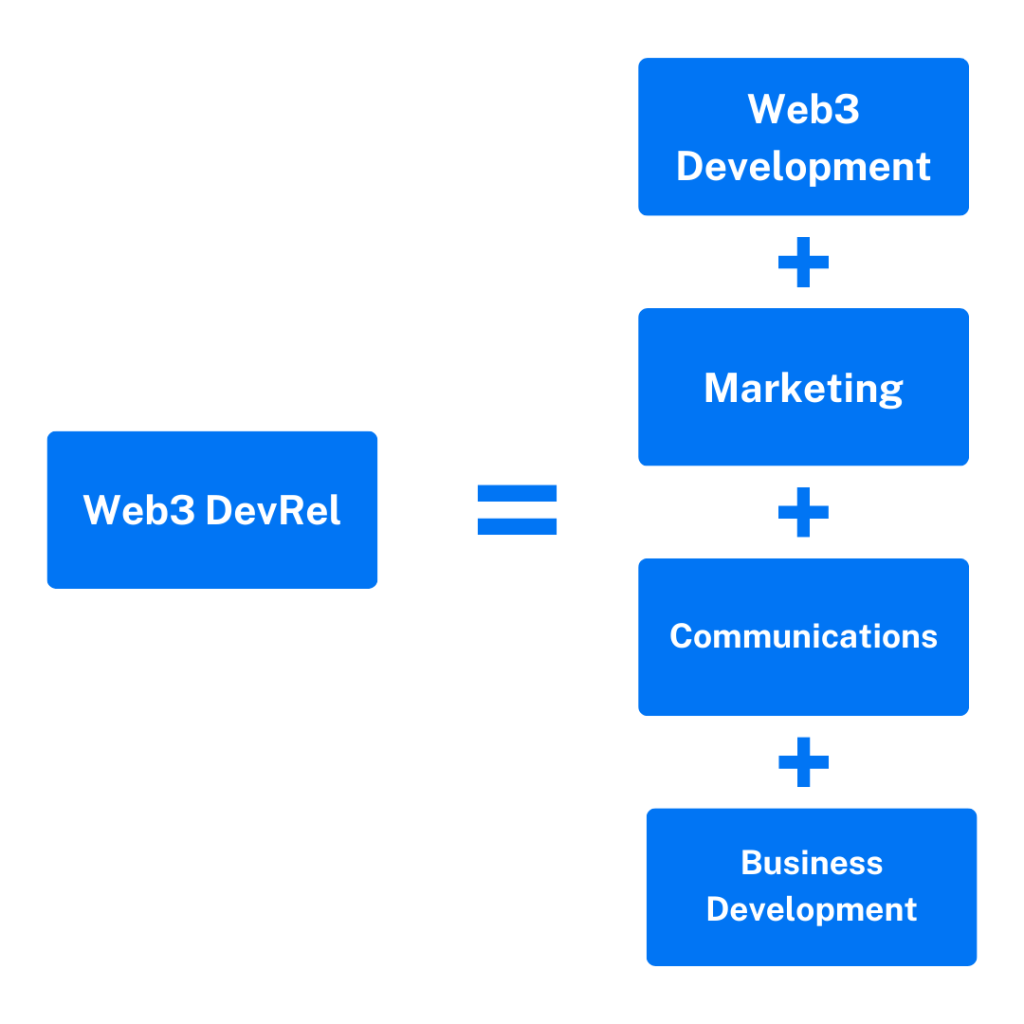
DevRel is especially beneficial for companies like ours, which offer infrastructure products that allow developers to build robust Web3 products and bring them to the market faster through tools to build applications without fuss.
Becoming a successful DevRel professional
To excel in DevRel the key is to continuously optimize and improve your skill set. This includes honing your communication skills, content creation abilities, and engagement with developers. Additionally, since it’s crucial to have a deep understanding of application development and new technologies relevant to Web3 you should also spend as much time as you can building things and understanding how the web3 back end really works.
In his conversation with Crypto Jobs List, Ethan also suggested focusing on a specific vertical within Web3 where you excel and then scaling your efforts on top of that. By understanding what developers want and tailoring your content to their needs, you can build a strong foundation for success as a DevRel. As long as you can provide value and demonstrate your competence, you can find opportunities in DevRel, so your age or location does not matter much when it comes to DevRel.
“Developer Relations is an incredibly versatile role, meeting at the intersection of communication, content production, and technical aptitude. Succeeding in such a role requires a commitment to growing comfortable with the aforementioned skills and, in practice, finding ways to provide value to the community,” shared Ethan Francis, DevRel Lead
Key performance indicators (KPIs) for Developer Relations
One of the challenges in DevRel is measuring success. We spent a considerable time figuring out how to measure success effectively for DevRel ourselves at Chainstack.
One way is using deliverable-based KPIs that focus on efforts, such as the number of Twitter Spaces sessions, videos created, and outreach meetings with developers. While these metrics showcase the level of effort, it’s important to consider the value created for the project.
Some projects might choose the deliverable based method, others might go for purely value creation KPIs such as how many new developers were onboarded in the past month and others might figure out a health mix for their project.
Another important thing to note is that measuring the direct impact of DevRel on developer signups or SDK usage can be a bit challenging due to external factors like market movements. So, it’s always a good idea to factor in the potential delta beforehand.
The path from zero experience to full-time DevRel hero
Now let’s talk about going from zero experience to a full-time DevRel hero. Starting from scratch and eventually securing a full-time position in DevRel takes time and hands-on experience.
The opportunities in Web3 are ever present and as you can see companies have been hiring through the bear market. These numbers of course are going to be way higher during a bull phase when more money is flowing into the markets.
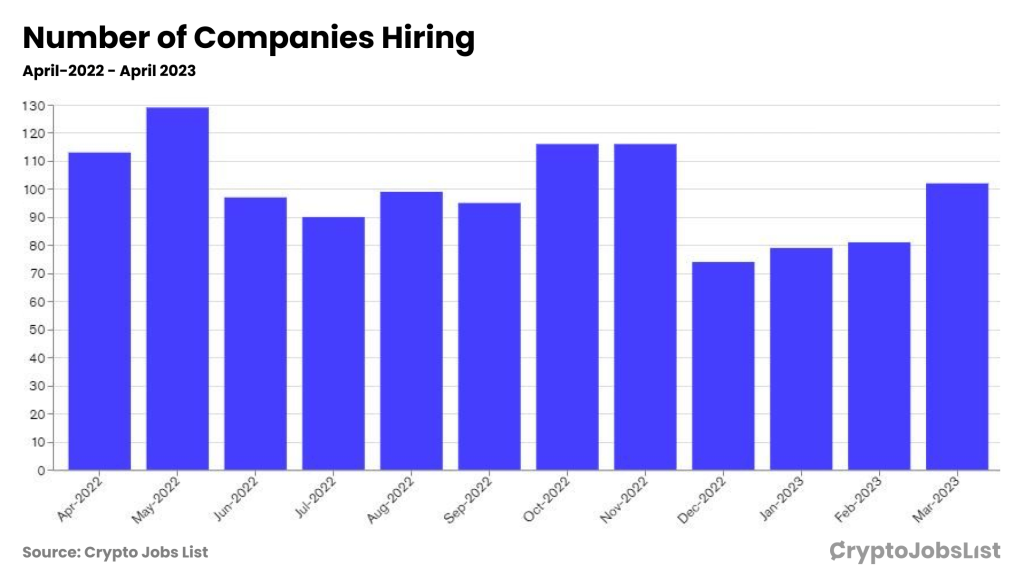
Bear markets however are a great time to build skills, and relationships and even work on your own projects so you have a foundation ready when the bull phase hits. However, it’s essential not to expect immediate full-time positions, especially when you’re young and just starting.
Ethan advises aspiring DevRel professionals to gain a strong understanding of JavaScript/Python, and Web3 development. This is the core of DevRel, this is what makes you different from marketing managers or business development managers in the space.
You must spend time and effort to build your development skills so you can communicate better with the developers, understand their pain points, and understand the infrastructure and requirements of the space.
The next step is to build confidence in your skills to the point where you can deliver business value. Sometimes all you need is to understand how to convert the knowledge and skills that you have into something that creates value for other businesses in the marketplace.
Creating your own projects is an excellent way to get started with that. Start with thinking about solving problems that you are passionate about and problems that frustrate you. This will also help you gain hands-on experience and solve problems that resonate with you.
Networking and interactive engagement with the community can also lead to valuable opportunities once you’ve figured out your own value prop to the projects in the Web3 space. It might be a great idea to start looking for internships and other such career opportunities in the Web3 space after this to dip your toes into the DevRel world.
Content types in Web3 DevRel
According to Ethan, video content holds several advantages over other mediums, particularly in the Web3 space. Video is more engaging, especially in the anonymous world of Web3, as it allows developers to attach a face or voice to the information.
Sharing engaging educational content through videos, including examples of building applications within specific timeframes, helps establish a strong connection with developers. However, you must not stop at that. Developers in Web3 spend a lot of time reading articles, Twitter spaces & Discord servers.
And the best way to meet developers is to go where they are at. So, Twitter spaces, Discord servers, Community calls, and writing valuable pieces of content for developers are great ways to engage and build meaningful relationships.
Transitioning from Web2 to Web3 DevRel
Some of you might already be a DevRel professional in Web2 but want to transition into Web3. There are notable differences between DevRel in Web2 and Web3.
In Web3, developers have a unique culture that emphasizes community interaction, including a lot of participation in Twitter Spaces and other community-driven activities. Web3 DevRel is often more personal and community-focused, whereas Web2 DevRel can be more corporate in nature.
To transition from Web2 to Web3 DevRel, Ethan recommends spending time with the Web3 community, interacting with Web3 developers, and understanding their behavior, culture, and expectations.
Additionally, dedicating time to understanding blockchain tech, Web3 development, and its technical aspects is crucial due to the significant differences between Web2 and Web3 technologies.
We have a tutorials section on our blog that covers a lot about Web3 development that could help you in this department, as well as a dedicated section in our docs–Web3 [De]Coded, where you will find more detailed and comprehensive ones:
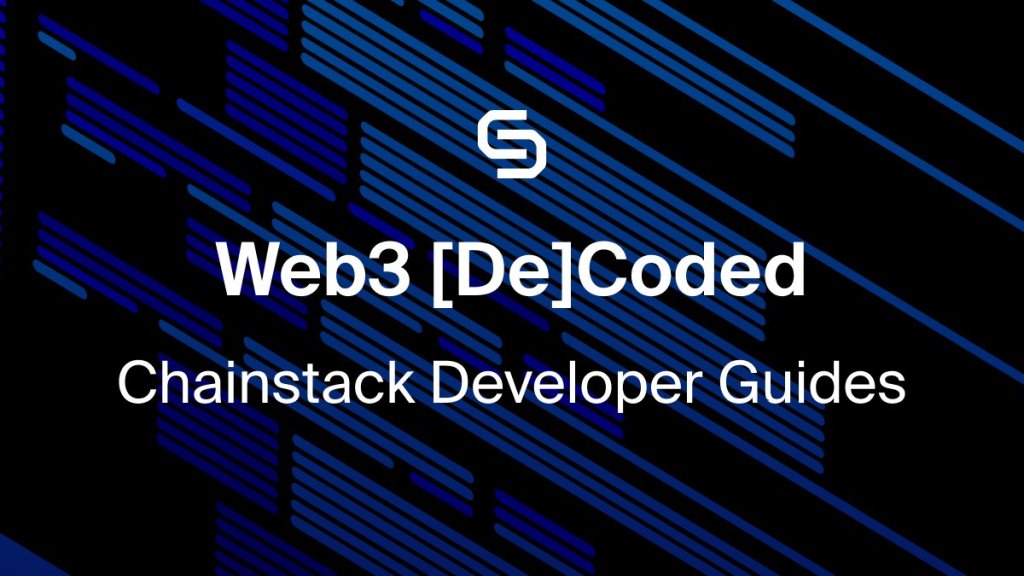
In fact, we also share a lot of helpful content regularly on our Twitter such as this video tutorial on Solana-Web3js that Ethan recently posted.
In conclusion, starting a career in DevRel in Web3 requires a combination of technical skills, communication abilities, and a deep understanding of Web3 development. Building personal projects, networking, and continuous skill development are key to success in this space.
By leveraging the insights in this article, you can embark on a fulfilling journey as a DevRel professional in the exciting world of Web3.
Some quick Web3 Developer Relations FAQs
These FAQs cover most of the information we shared with you in this article however if you have any specific questions feel free to Tweet at us and Ethan anytime!
What is Developer Relations (DevRel) in Web3?
DevRel in Web3 refers to the role of bridging the gap between developers and projects in the Web3 ecosystem. DevRel professionals engage with developers, provide technical support, create educational content, and build relationships within the developer community.
What skills are required to excel in Web3 DevRel?
Successful Web3 DevRel professionals possess a combination of technical skills, including programming languages like JavaScript and Python, Web3 development frameworks, and an understanding of blockchain architecture.
Strong communication, content creation, and community engagement skills are also crucial.
How do I get started with Web3 development?
To get started with Web3 development, you can begin by learning blockchain basics and familiarizing yourself with the concepts of smart contracts, decentralized applications, and relevant programming languages such as Solidity (for EVM) or Rust (for Polkadot).
Explore developer documentation, tutorials, and online courses to deepen your understanding and start building small projects.
How do you measure success in Web3 DevRel?
Measuring success in Web3 DevRel can be challenging due to the decentralized and ever-evolving nature of the industry.
Common metrics include the number of developer sign-ups, engagement in developer-focused events (such as Twitter Spaces or workshops), the impact of educational content, and the growth of developer communities.
How can I transition from Web2 to Web3 DevRel?
Transitioning from Web2 to Web3 DevRel requires gaining a deep understanding of Web3 technologies, such as smart contracts, decentralized applications (DApps), and blockchain platforms.
It also involves immersing yourself in the Web3 community, engaging with developers, and understanding the unique culture and expectations of the devs in Web3.
What are the key differences between Web2 and Web3 DevRel?
Web2 DevRel often has a more corporate focus, whereas Web3 DevRel is more community-driven. Web3 DevRel requires more personal interactions, such as participating in Twitter Spaces or Discord communities, to foster developer engagement.
The technical aspects of Web3, including blockchain architecture and decentralized protocols, also differentiate it drastically from Web2 DevRel.
How can I build a career in Web3 DevRel during a bear market?
Bear markets can be an opportune time to invest in learning and building your skills. Use the downtime to develop applications and solutions that solve real-world problems. Building a strong work portfolio during a bear market positions you for success when the market enters a bullish phase and adoption increases.
Is age a big factor in becoming a DevRel professional in Web3?
No, there are no age restrictions for becoming a DevRel professional in Web3. The field is open and permissionless, welcoming individuals of all ages as long as they can provide value and demonstrate competence in technical skills, communication, and community engagement.
How can I find opportunities and companies aligned with my values in Web3 DevRel?
Networking, attending industry events, participating in Web3 communities, and engaging with projects and individuals on platforms like Discord are effective ways to find opportunities in Web3 DevRel.
Look for companies and projects that align with your values by researching their missions, values, and culture. Make sure to spend some time in their Discord, and listen to the Twitter spaces and interviews their team does to understand their culture better.
What are the key challenges in Web3 DevRel?
Challenges in Web3 DevRel include keeping up with rapidly evolving technologies, understanding complex blockchain architectures, navigating the decentralized nature of the industry, and measuring the impact of DevRel efforts. Building strong relationships with developers and creating content that resonates with the target audience are ongoing challenges as well.
Power-boost your project on Chainstack
- Discover how you can save thousands in infra costs every month with our unbeatable pricing on the most complete Web3 development platform.
- Input your workload and see how affordable Chainstack is compared to other RPC providers.
- Connect to Ethereum, Solana, BNB Smart Chain, Polygon, Arbitrum, Base, Optimism, Avalanche, TON, Ronin, zkSync Era, Starknet, Scroll, Aptos, Fantom, Cronos, Gnosis Chain, Klaytn, Moonbeam, Celo, Aurora, Oasis Sapphire, Polygon zkEVM, Bitcoin and Harmony mainnet or testnets through an interface designed to help you get the job done.
- To learn more about Chainstack, visit our Developer Portal or join our Discord server and Telegram group.
- Are you in need of testnet tokens? Request some from our faucets. Multi-chain faucet, Sepolia faucet, Holesky faucet, BNB faucet, zkSync faucet, Scroll faucet.
Have you already explored what you can achieve with Chainstack? Get started for free today.
 Ethereum
Ethereum Solana
Solana TON
TON Base
Base BNB Smart Chain
BNB Smart Chain Sui
Sui Unichain
Unichain Aptos
Aptos TRON
TRON Ronin
Ronin zkSync Era
zkSync Era Sonic
Sonic Polygon
Polygon Gnosis Chain
Gnosis Chain Scroll
Scroll Avalanche Subnets
Avalanche Subnets Polygon CDK
Polygon CDK Starknet Appchains
Starknet Appchains zkSync Hyperchains
zkSync Hyperchains












